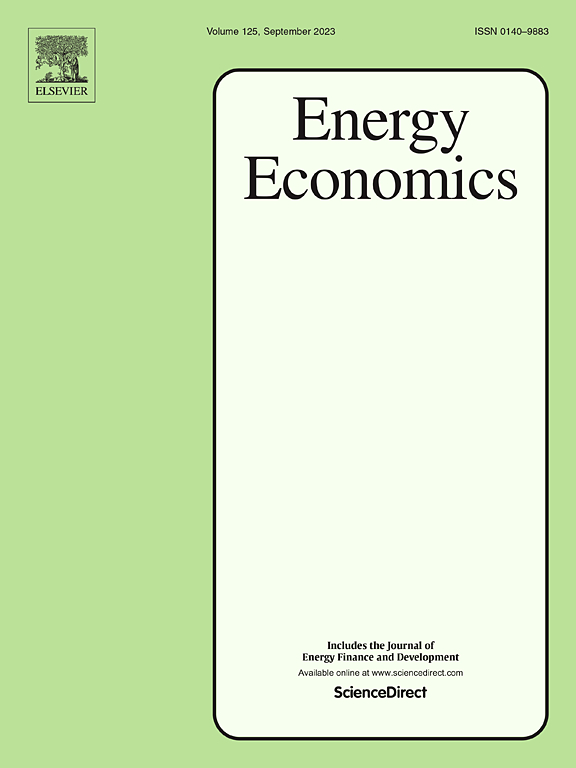比较实验室电力市场资源充足的设计
IF 14.2
2区 经济学
Q1 ECONOMICS
引用次数: 0
摘要
我们在三种设计下比较了实验性电力市场中的发电能力投资和未被服务的能源:(1)作为基准的纯能源市场;(2)具有稀缺性定价的纯能源市场,其中公司从提供额外的产品和储备中获得收入;(3)奖励产能投资的容量市场,然后是纯能源市场。实验对象扮演企业的角色,选择发电能力并竞争以满足市场的电力需求。基于互补性均衡模型的仿真结果,我们的预测表明,纯能源市场激励最低容量投资,这不足以满足高峰电力需求。此外,我们预计容量市场将比稀缺定价的能源市场促进更多的投资,避免在所有需求情景中出现未被服务的能源。相比之下,具有稀缺性定价的纯能源市场在高峰需求期间经历了未服务的能源。与预测一致,我们发现实验基线导致产能投资不足以满足高峰需求。替代设计鼓励额外的产能投资,产能市场上的公司通常会投资更多的发电能力。然而,这两种替代设计都无法满足峰值电力需求,因为它们的额外容量低于预期水平。此外,未使用的能量减少了,但结果在不同设计下没有统计学差异。本文章由计算机程序翻译,如有差异,请以英文原文为准。
Comparing designs for resource adequacy in laboratory electricity markets
We compare generation capacity investment and unserved energy in experimental electricity markets under three designs: (1) an energy-only market serving as baseline, (2) an energy-only market with scarcity pricing where firms earn revenues from the provision of an additional product, reserves, and (3) a capacity market that rewards capacity investment and is followed by an energy-only market. Subjects in the experiments act as firms, choosing generation capacity and competing to meet electricity demand in the market. Based on simulation results from complementarity-based equilibrium models, our predictions suggest that an energy-only market incentivizes the lowest capacity investment, which is insufficient to satisfy peak electricity demand. Further, we expect the capacity market to promote more investment than the energy-only market with scarcity pricing, avoiding unserved energy across all demand scenarios. In contrast, the energy-only market with scarcity pricing experiences unserved energy during peak demand periods. In line with the predictions, we find that the experimental baseline leads to insufficient capacity investment to meet peak demand. The alternative designs encourage additional capacity investment, with firms in the capacity market generally investing in more generation capacity. Yet, both alternative designs are unable to satisfy peak electricity demand because their additional capacity falls short of expected levels. Further, unserved energy is reduced, but results are not statistically different under the alternative designs.
求助全文
通过发布文献求助,成功后即可免费获取论文全文。
去求助
来源期刊

Energy Economics
ECONOMICS-
CiteScore
18.60
自引率
12.50%
发文量
524
期刊介绍:
Energy Economics is a field journal that focuses on energy economics and energy finance. It covers various themes including the exploitation, conversion, and use of energy, markets for energy commodities and derivatives, regulation and taxation, forecasting, environment and climate, international trade, development, and monetary policy. The journal welcomes contributions that utilize diverse methods such as experiments, surveys, econometrics, decomposition, simulation models, equilibrium models, optimization models, and analytical models. It publishes a combination of papers employing different methods to explore a wide range of topics. The journal's replication policy encourages the submission of replication studies, wherein researchers reproduce and extend the key results of original studies while explaining any differences. Energy Economics is indexed and abstracted in several databases including Environmental Abstracts, Fuel and Energy Abstracts, Social Sciences Citation Index, GEOBASE, Social & Behavioral Sciences, Journal of Economic Literature, INSPEC, and more.
 求助内容:
求助内容: 应助结果提醒方式:
应助结果提醒方式:


